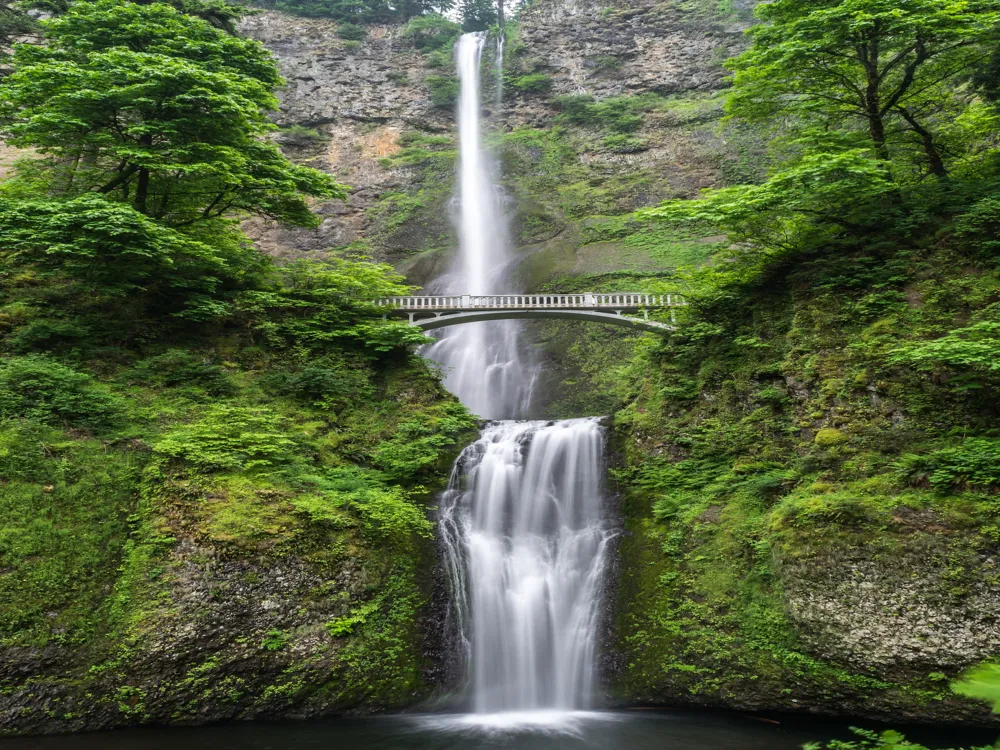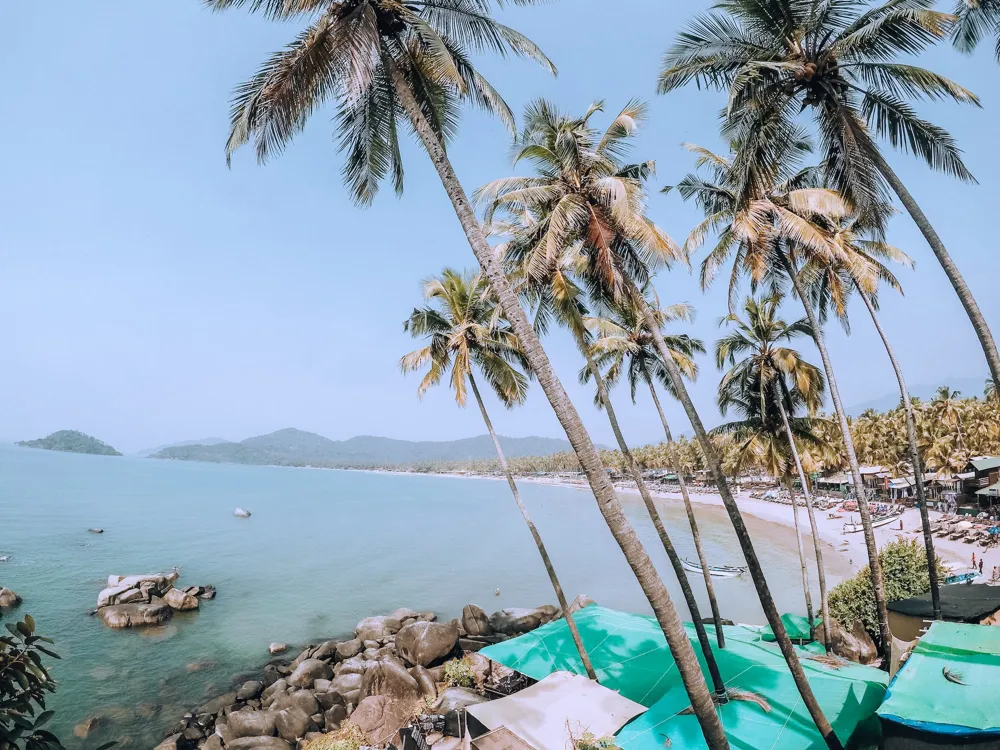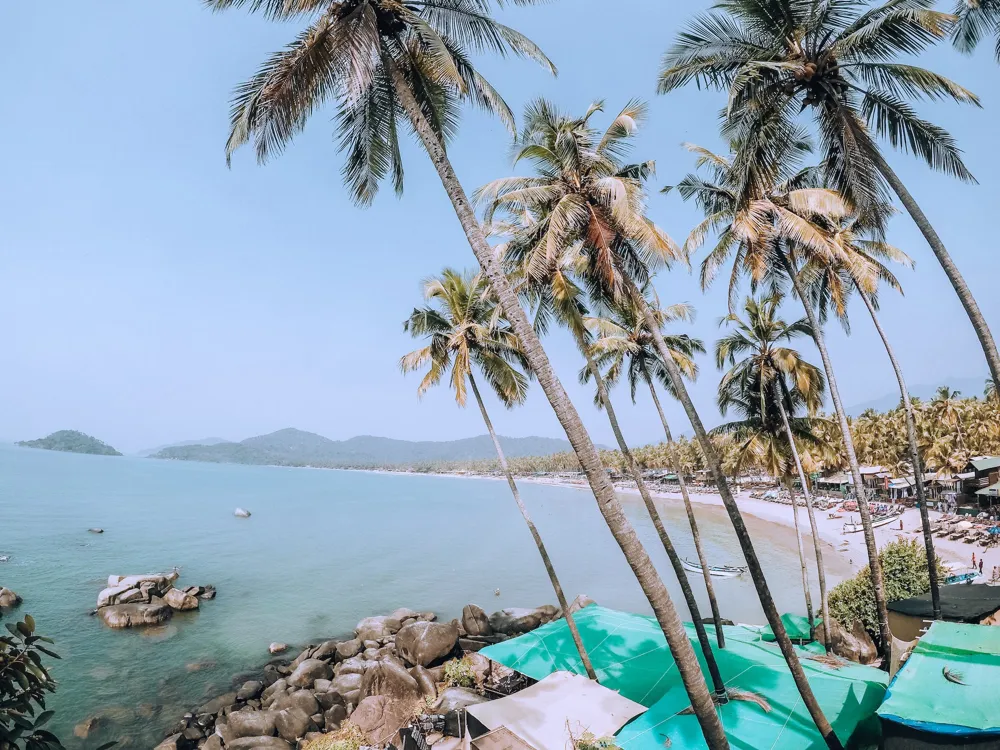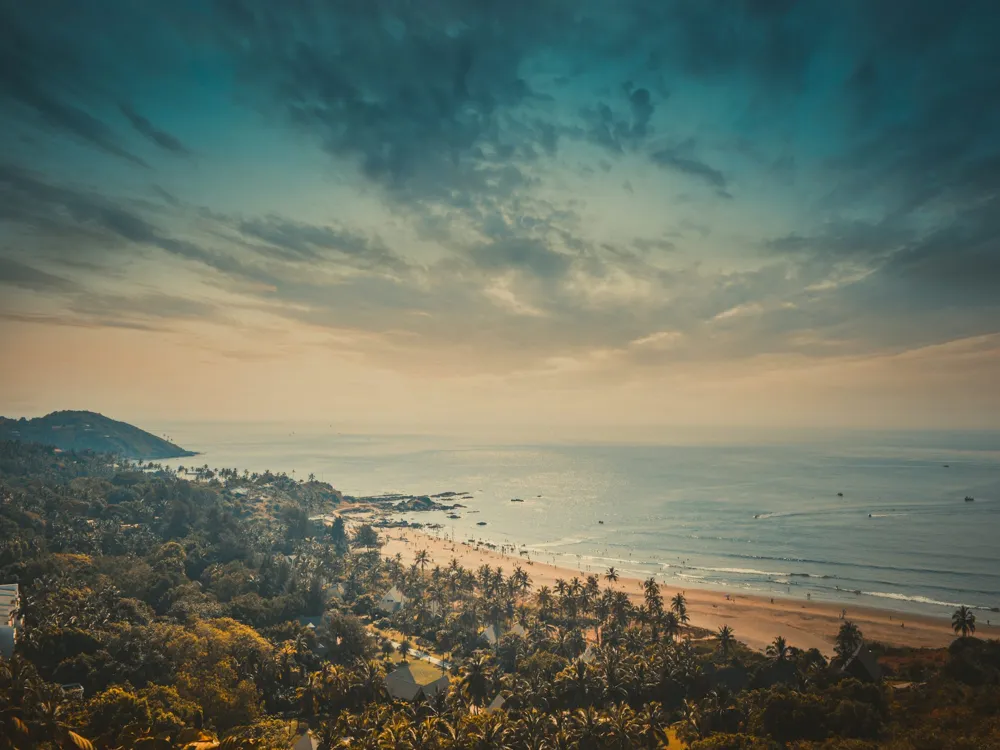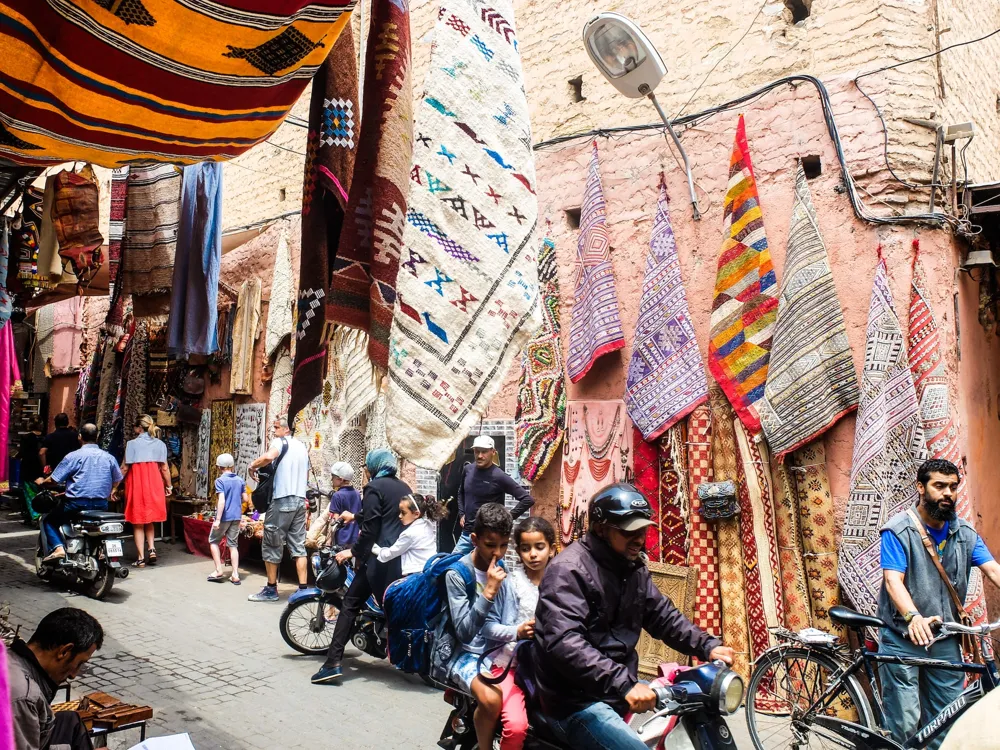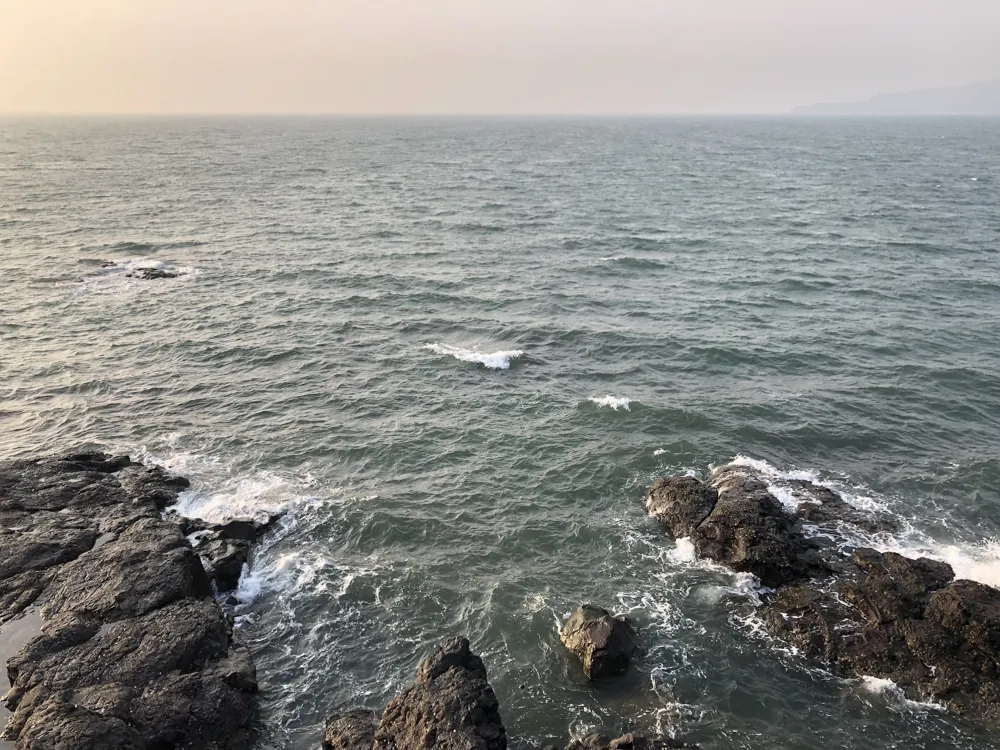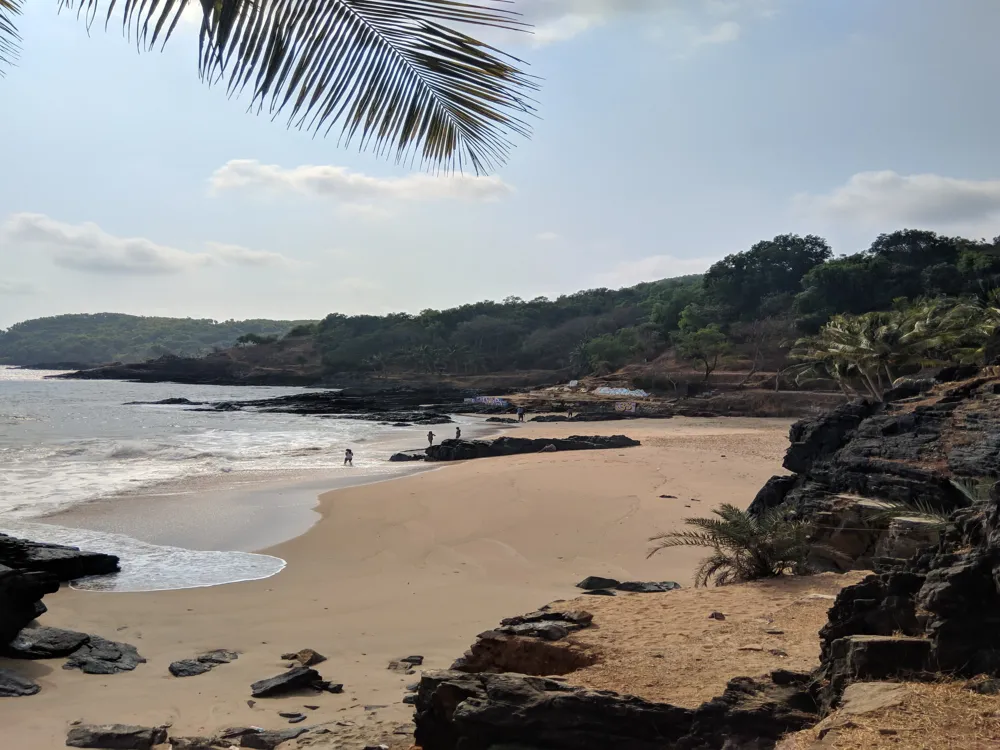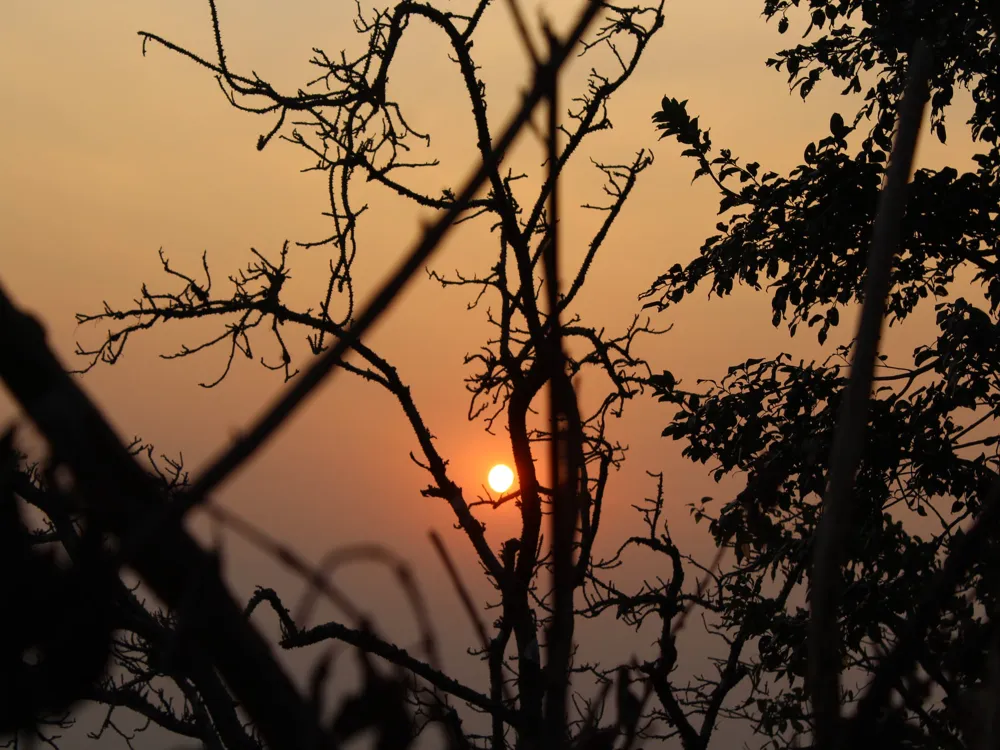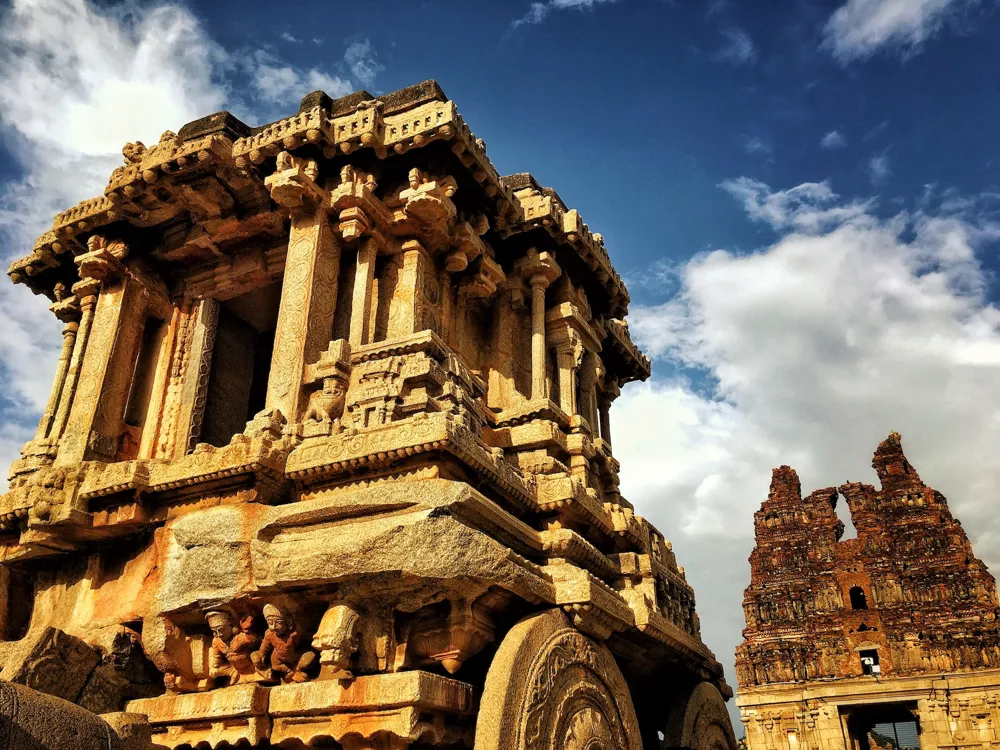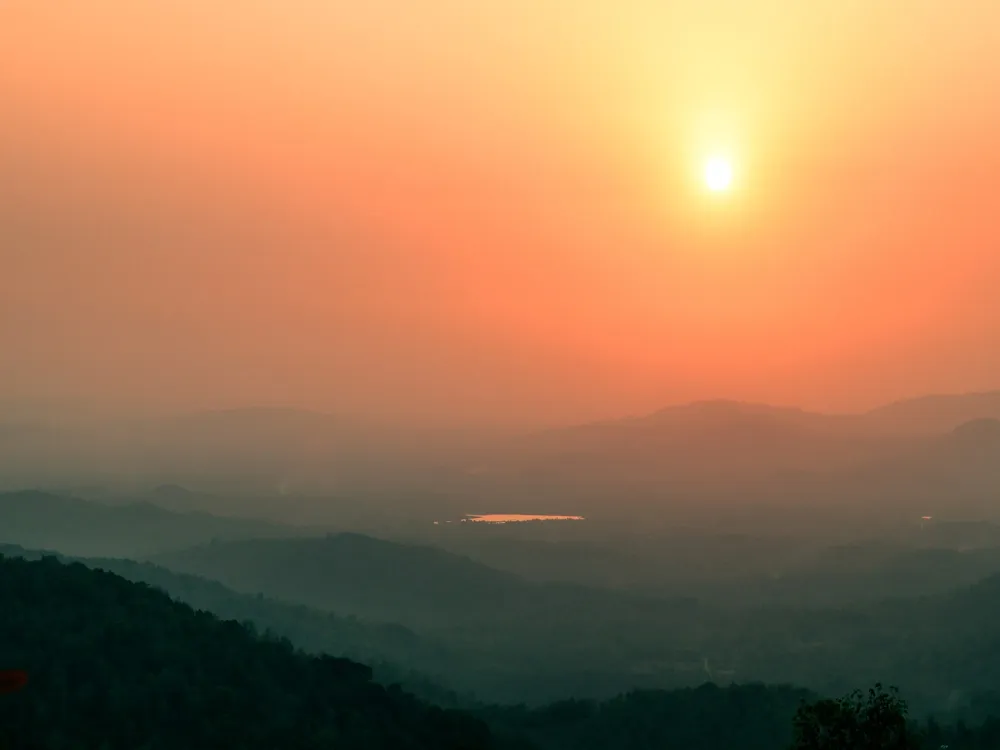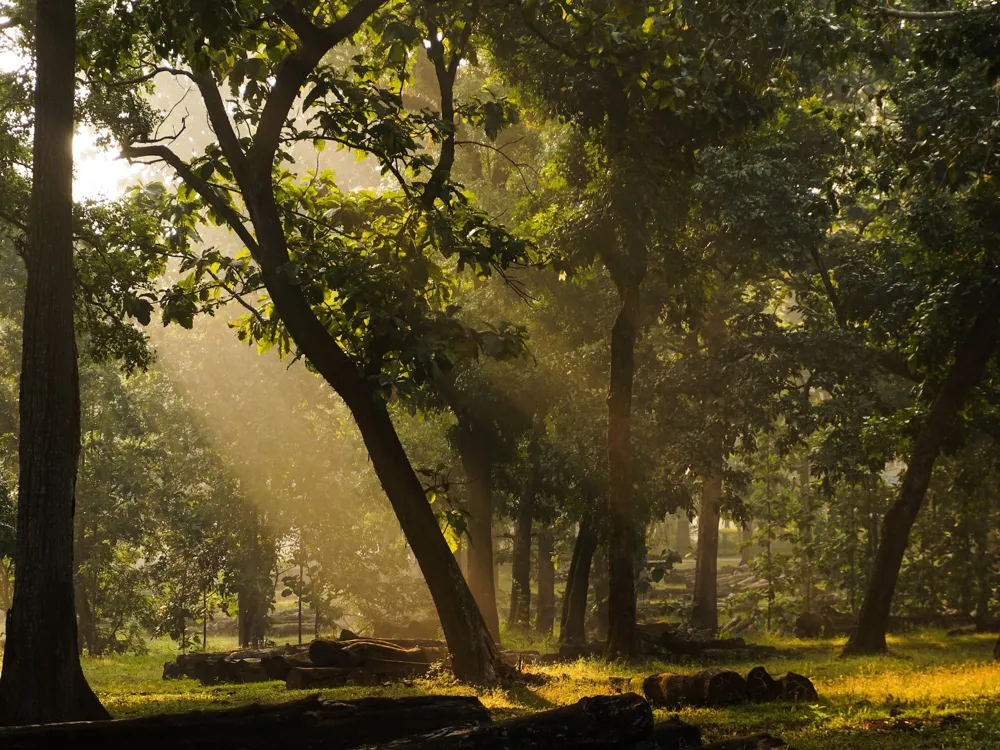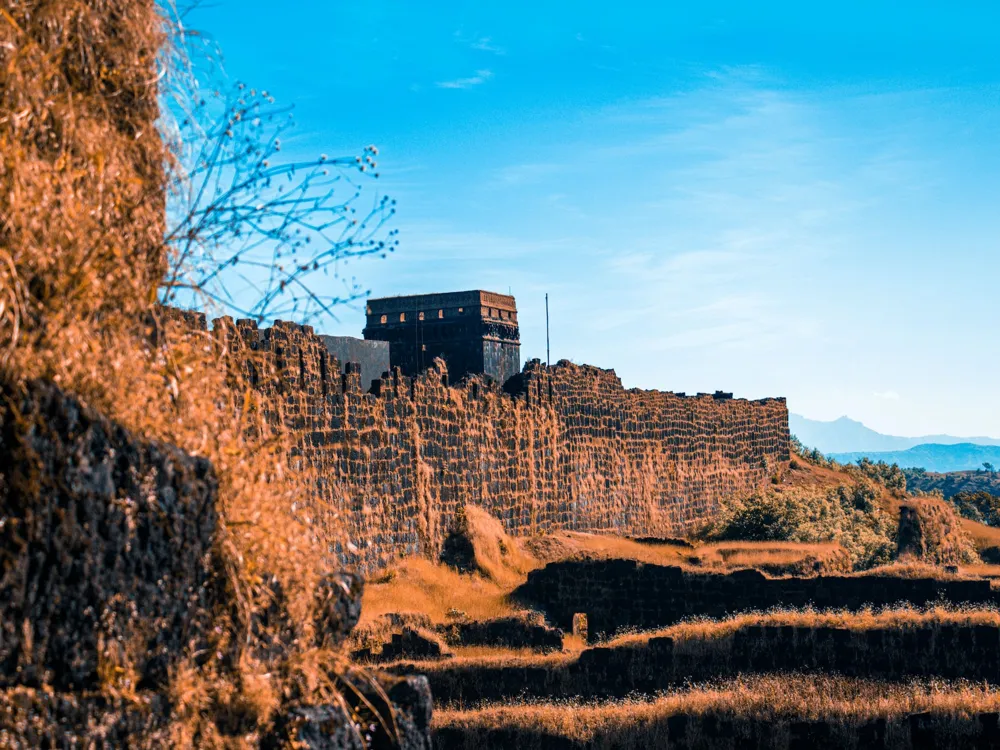Shiva Valley, nestled in the heart of Goa, stands as a testament to the rich cultural and spiritual tapestry of India. Renowned for its breathtaking landscapes and spiritual ambiance, Shiva Valley is more than just a tourist destination; it's a journey into the mystical world of Hindu mythology and nature's splendor. The valley, named after Lord Shiva, one of the principal deities in Hinduism, is a place where spirituality and nature converge in perfect harmony. Spanning across a vast area, Shiva Valley is adorned with lush greenery, tranquil rivers, and majestic mountains. This natural haven is not only a paradise for nature enthusiasts but also serves as a spiritual retreat for those seeking peace and solace. The valley's unique geographical features have made it a hub for various activities ranging from trekking and camping to meditation and yoga. One of the most striking aspects of Shiva Valley is its deep connection with Lord Shiva. Legends and myths woven into the very fabric of the valley tell tales of Shiva's presence and his divine play (leelas). These stories, passed down through generations, add an ethereal charm to the valley, making it a revered site for pilgrims and spiritual seekers from around the world. As you traverse through the valley, you are bound to come across numerous temples and shrines dedicated to Lord Shiva. These temples, varying in size and architectural style, are not just places of worship but also serve as custodians of the rich cultural heritage of Goa. The intricate carvings, ancient scriptures, and timeless rituals observed in these temples offer a glimpse into the past, presenting a picture of how spirituality and daily life have been intertwined in Indian culture. Shiva Valley is not only about spirituality; it's a celebration of life and nature. The local flora and fauna, the rhythm of the river waters, and the majestic sunsets paint a picture that stays etched in the hearts of visitors. It's a place where one can disconnect from the chaos of urban life and reconnect with the inner self, amidst the serenity and majesty of nature. The architecture of Shiva Valley is a remarkable blend of historical and spiritual influences, creating a landscape that is both awe-inspiring and serene. The most prominent architectural features are the temples dedicated to Lord Shiva, each narrating a unique story through its design and structure. The temples in Shiva Valley are known for their intricate carvings, elaborate frescoes, and majestic spires (shikhara). These structures are built using traditional methods, with locally sourced materials like stone, wood, and clay, ensuring that they blend seamlessly with the natural surroundings. The design of these temples is influenced by various architectural styles, including the Dravidian and Nagara styles, which are prevalent in South and North India, respectively. One of the standout features of these temples is the Garbhagriha (sanctum sanctorum), where the deity resides. This sacred space is often adorned with intricate sculptures and paintings depicting scenes from Hindu mythology, particularly related to Lord Shiva. The outer walls of the temples are equally captivating, with carvings of gods, goddesses, and mythological creatures, each telling a story of its own. Apart from the temples, the architecture of Shiva Valley is also characterized by its traditional Goan houses. These houses, often painted in bright colors, feature a unique blend of Portuguese and Indian architectural elements. With tiled roofs, wooden balconies, and ornate doors and windows, these houses add a quaint charm to the valley's landscape. The layout of Shiva Valley itself is a testament to the traditional town planning principles of ancient India. The placement of temples, water bodies, and community spaces all follow the principles of Vastu Shastra, an ancient Indian science of architecture and construction. This harmonious layout not only adds to the aesthetic appeal of the valley but also creates an atmosphere of tranquility and spiritual well-being. The ideal time to visit Shiva Valley is from October to March when the weather is pleasant, and the natural beauty is at its peak. Respect the local customs and traditions, dress modestly while visiting temples, and always remove your shoes before entering a sacred place. Carry necessary medications, stay hydrated, and be cautious while trekking or exploring remote areas. Don't miss out on the local Goan cuisine, which offers a blend of Indian and Portuguese flavors. There are various accommodation options available, from luxury resorts to budget homestays, catering to all preferences. Shiva Valley is well-connected and can be easily accessed by various means of transportation. The nearest airport is in Goa, which is well-connected to major cities in India and abroad. From the airport, one can hire taxis or use public transport to reach the valley. For those preferring to travel by train, the nearest railway station is also in Goa, with frequent trains from different parts of the country. Additionally, Goa is well-connected by road, with several buses and taxis available from neighboring states. Read More: Overview of Shiva Valley in Goa
Architecture of Shiva Valley
Tips When Visiting Shiva Valley
Best Time to Visit
Cultural Etiquette
Safety and Health
Local Cuisine
Accommodation
How To Reach Shiva Valley
Shiva Valley
Goa
NaN onwards
View goa Packages
Weather :
Tags : Food & Drink
Time Required : 1 - 2 hrs
Planning a Trip? Ask Your Question
Goa Travel Packages
View All Packages For Goa
Top Hotel Collections for Goa

Private Pool

Luxury Hotels

5-Star Hotels

Pet Friendly
Top Hotels Near Goa
Other Top Ranking Places In Goa
View All Places To Visit In goa
View goa Packages
Weather :
Tags : Food & Drink
Time Required : 1 - 2 hrs
Planning a Trip? Ask Your Question
Goa Travel Packages
View All Packages For Goa
Top Hotel Collections for Goa

Private Pool

Luxury Hotels

5-Star Hotels

Pet Friendly







